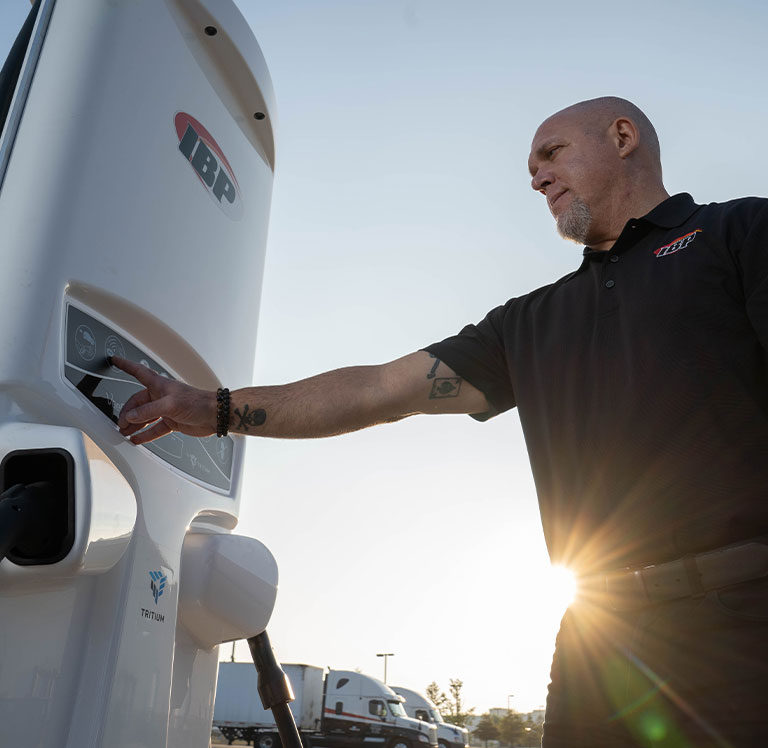Electric vehicles (EVs) are increasing in number in the United States, with 761,000 electric vehicles sold in 2020 alone. The increase in demand for electric vehicles sparks the need for accessible EV charging solutions too. Oftentimes, charging options for EVs on the road are hard to come by. Plus, available charging solutions take too long to charge your cars battery. With all the benefits of owning an EV, how can IBP help accessibility to electric charging options?
How Does EV Charging Work?
EV Charging is not a “one size fits all” approach. Each vehicle requires a different time to charge based on the size of the car’s battery and the charging equipment used. Charging options are typically classified into levels.
Types of Chargers
- Level 1 chargers have the lowest capabilities. Level 1 chargers have a 110-120 volt (V) charge, like a typical wall outlet. This voltage is extremely low, capable of powering appliances in the home. If you were to use a wall outlet to charge your EV, it would take about 40 hours to fill completely. Typically, drivers use level 1 chargers when there is no other option. As a general rule, if you have an EV, avoid letting your battery completely drain to the point where you need to use a level 1 charger.
- Level 2 chargers are the most common charger on the road. Level 2 chargers reside at many destinations such as parking lots and along highways. They are typically 208-240 V. This is the voltage that an electric clothes dryer in your home uses. A full charge would typically take about 8 hours, making these ideal charging stations overnight. These are also the most affordable option, as many level 2 chargers allow free charging.
- Level 3 chargers, also known as DC Fast Chargers and Direct Current Fast Chargers, are the most efficient chargers on the market. These chargers are 400 V or more, meaning that a full charge would take about an hour and 20 minutes. However, this option typically costs more than the other options due to its high speed and resulting convenience.
An important thing to note is that not all plugs at a charging station work for all cars, particularly for Level 3 chargers. Some companies like Tesla have charging stations that only work for their EVs. Luckily, there are apps available that allow you to check what plug your vehicle needs.
What is IBP doing for EV Charging?
IBP is committed to providing creative and comprehensive turn-key EV charging solutions and has been helping charge on road electric vehicles since 2018. Currently, IBP has partnered with industry leading manufacturers to provide their customers with Level I, Level II and DC Fast Charge technologies for Commercial and Fleet applications. The end goal is to provide appropriately sized and located charging stations at homes, work, shopping, recreation and travel locations.
As these stations continually become available, dedicated EV parking spaces will be clearly distinguished from other spaces. Signage with “EV Charging Only” will be placed on the edge of each parking space to prevent parking miscommunications. The spaces’ lines will stand out with bright green color and EV imaging will also be printed on the pavement. The charging station itself will straddle two parking spaces and typically provide two charging ports.
Why?
One day, this country could get to a point where we’re exclusively using electric vehicles. The expansion of options for consumers is extremely important, especially in the expansive Midwest. At IBP, we are committed to providing reliable power wherever you go — at home, at work, and even on the road.
To find a current EV charger near you, check out Electrify Missouri’s locator tool.
